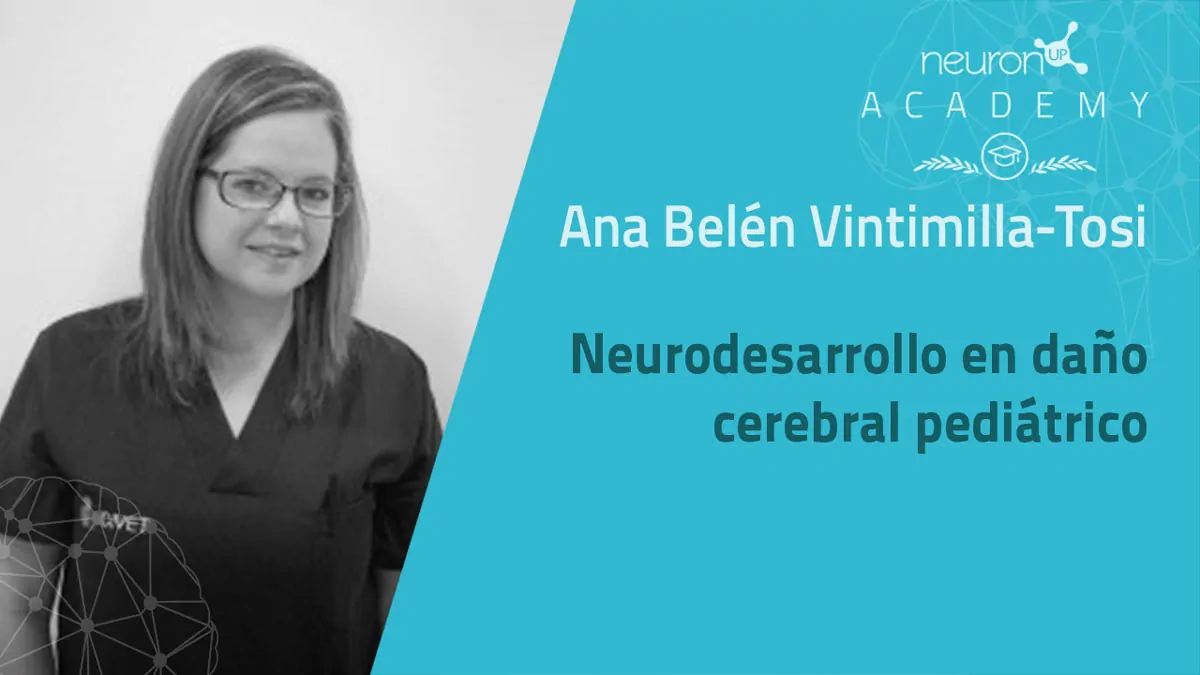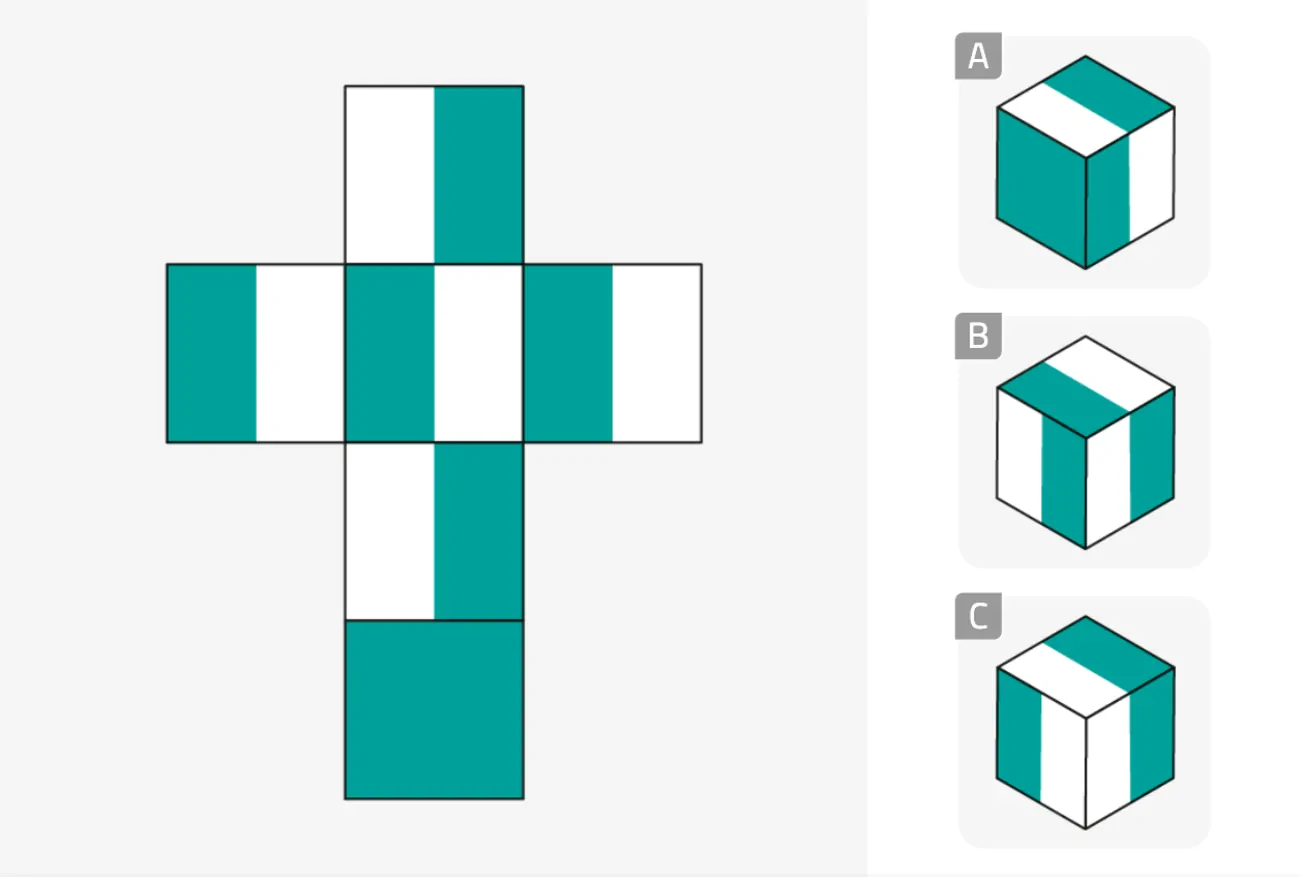Clinical neuropsychologist Aarón F. Del Olmo answers questions about his talk on Right Hemisphere Syndromes at NeuronUP Academy.
Questions about Aarón Del Olmo’s talk ‘Right Hemisphere Syndromes’
1. Gea López: Could you give me bibliographic references? Although I know you said there was almost nothing.
Here are some articles that define TAP and DAMP quite well
Crespo-Eguílaz, N., & Narbona, J. (2009). Procedural learning disorder: neuropsychological characteristics. Revista de Neurología, 49(8), 409-416.
Crespo-Eguílaz, Nerea, Narbona, J., & Magallón, S. (2012). Central coherence dysfunction in children with procedural learning disorder. Revista de neurología, 55(9), 513-Lucero, A. H. D., Melano, C. A., & Simonini, M. C. E. (2011). Attention deficit, motor control and perception syndrome (DAMP):: neuropsychological profile. Revista de neurología, 52(1), 71-75. 519.
2. Cristina Chéol: Very interesting. It made me think of a patient with right-hemisphere signs, 11 years old. In addition to prosody and literalness in language, there is added difficulty with the phonemes /r/ and /g/, worked on with a speech therapist without significant results. Could it be an issue of praxic automatization? Could you share anything else to delve deeper into the topic? He also shows delays in acquiring other motor skills — he acquires them, but with deficient efficiency. Thanks.
Often there is a delay in motor development. But the question is to look for the causes. In the right-hemisphere profiles we referred to in the course there would be no identifiable etiology, and there is a marked difficulty in achieving certain motor milestones and, above all, in automatizing new routines.
3. Adrián Villalobos Olvera: When speaking of Asperger, you commented that, due to alterations in the environment, there can be features compatible with Asperger without being Asperger. With this statement, could one conclude that Asperger as a label only refers to right hemisphere alterations? Thank you very much.
Some would point out that Asperger presents a right-hemisphere profile. But I think that, in general, it is too much to assume, since at a behavioral level a similar pattern can have different causes. It is something we can only understand from a neurodevelopmental perspective and that cumulative idea I mentioned: certain prerequisites are reached that allow the next ones, and if they are not achieved problems arise in adapting to the environment.
4. Myriam Soria Tamayo: Can this syndrome affect laterality?
Regarding egocentric cognition, yes: body perception and how the body relates to the environment are impaired.
5. Lorena Furió Zapata: In a TANV, is it possible to find fine motor skills affected and not gross motor skills or vice versa? If so, is it considered a developmental coordination disorder? Which test do you use to assess motor coordination? Thank you very much.
According to Narbona, it is considered mandatory to have a developmental coordination disorder to talk about TAP (equivalent to TANV). I believe it can present in many different ways. I would assess it using the MACB-2
6. Adriana Sierra Pacheco: Which neuropsychological assessment test is most appropriate to diagnose this type of disorders?
I think that, for right now, we should employ different subtests to see the expression of the clinical profile, but there is no decisive test. In fact, with a single test we can hardly have anything clear.
7. Ma. de la Luz Garcia Juarez: Are most right-hemisphere syndromes treatable or are some curable?
Treatable. The term ‘curable’ would refer to disease, and this is not a disease but different ways of processing information and, with that, adapting to the environment. One can always improve with well-directed work, although there may be difficulties that persist.
8. Paola Quezada Richart: Is there an instrument to evaluate right hemisphere functions? How to evaluate it in children?
I recommend using several subtests that combine visuomotor coordination, visuospatial perception, and aspects of language pragmatics.
9. Carolina Basurto Del Zoppo: Aaron, I am about to finish my master’s in NPS in Mexico, let’s say I will graduate as a general NPS, what training do you recommend I continue to be able to direct myself specifically to the pediatric area? I have thought about diplomas related to child NPS or a master’s in third-generation CBT.
Well, I don’t know how things are in Mexico. I know that here we have problems regarding the discipline. If I think that third-generation CBTs move away from NPS (they are somewhat more general), I would look for an NPS expert who can guide you toward the pediatric area and who has a lot of practical experience.
10. Adriana Lewtak: What specific neuropsychological tests do you use to discriminate DAMP from ADHD?
I would use the MACB-2 to see the motor aspects and motor coordination, as well as the information provided by the family to see the child’s motor development over time.
11. Teresa Bou: Very good masterclass, would a second session be possible in which you spoke about the assessment of these syndromes? Thank you very much
For my part it would be a pleasure.
12. María Teresa Espinosa: Recommended bibliography for the study of the right and left hemispheres, thanks
Any neuropsychology book will provide you with information about those specializations. From the classic Kandel’s Neuroscience and Behavior to books like Redolar’s Cognitive Neuroscience.
Closing congratulations from Ana María Iriberri: One of the best speakers, I always learn a lot from Aarón even though the time is short.
Thank you for attending, Ana María.
If you liked this post about the answers to questions from Aarón Del Olmo’s talk ‘Right Hemisphere Syndromes’, you will likely be interested in more talks from NeuronUP Academy.
“This article has been translated. Link to the original article in Spanish:”
Síndromes del hemisferio derecho: Aarón Del Olmo responde a las dudas







Leave a Reply